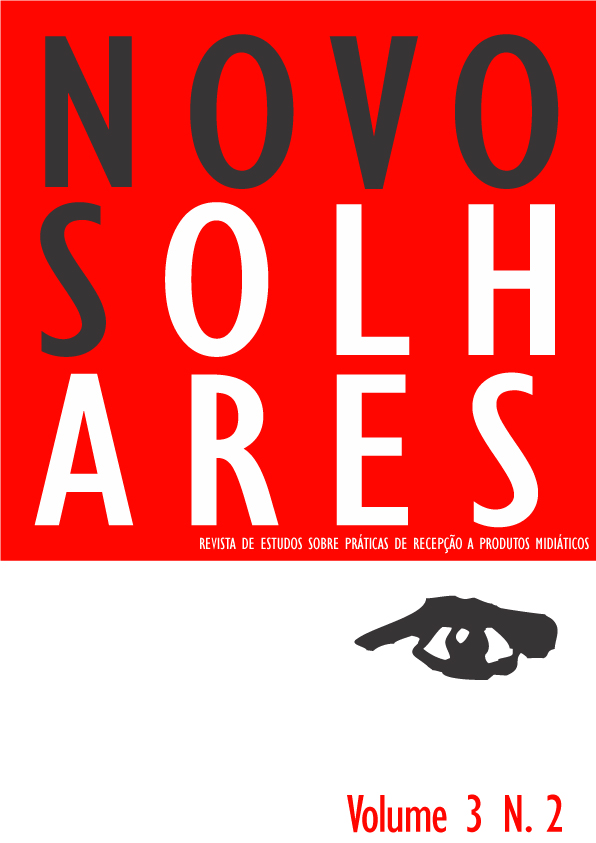The Jazz Singer and Modern Times: the advent of talking pictures and Chaplin´s first talk
DOI:
https://doi.org/10.11606/issn.2238-7714.no.2014.90218Keywords:
Film studies, Sound, Talking Pictures, Charles Chaplin, The Jazz Singer.Abstract
The advent of sound represented technical, aesthetical and ideological transformations and conflicts in the cinema. For many theorists and moviemakers of that period, the introduction of speech in the movies could threaten the formation of its specific artistic language, based on moving pictures and montage until then. The Jazz Singer (Alan Crosland, 1927) marked the beginning of the talking pictures as the industrial standard practice. One of its major opponents, Charlie Chaplin, would resist to the use of voice for another nine years, until the release of Modern Times (Charles Chaplin, 1936), in which the Tramp, his alter ego, speaks for the first time. This text compares the scenes where the voice reveals itself in both films, so to comprehend the symbolical representations of the conflict between the defense of speech as an enrichment to cinema and the opposition to its hegemony.
Downloads
Download data is not yet available.
Downloads
Published
2014-12-18
Issue
Section
ARTICLES
License
Proposta de Aviso de Direito Autoral Creative Commons
1. Proposta de Política para Periódicos de Acesso Livre
Autores que publicam nesta revista concordam com os seguintes termos:
- Autores mantém os direitos autorais e concedem à revista o direito de primeira publicação, com o trabalho simultaneamente licenciado sob a Licença Creative Commons Attribution CC Attribution-NonCommercial-NoDerivatives 4.0, que permite o compartilhamento do trabalho com reconhecimento da autoria e publicação inicial nesta revista.
- Autores têm autorização para assumir contratos adicionais separadamente, para distribuição não-exclusiva da versão do trabalho publicada nesta revista (ex.: publicar em repositório institucional ou como capítulo de livro), com reconhecimento de autoria e publicação inicial nesta revista.
- Autores têm permissão e são estimulados a publicar e distribuir seu trabalho online (ex.: em repositórios institucionais ou na sua página pessoal) a qualquer ponto antes ou durante o processo editorial, já que isso pode gerar alterações produtivas, bem como aumentar o impacto e a citação do trabalho publicado.
How to Cite
The Jazz Singer and Modern Times: the advent of talking pictures and Chaplin´s first talk. (2014). Novos Olhares, 3(2), 239-246. https://doi.org/10.11606/issn.2238-7714.no.2014.90218



